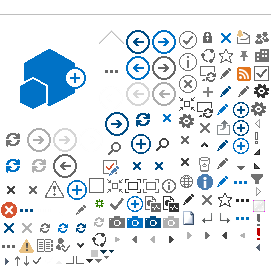With distracted driving a leading cause of road accidents, agents can educate customers about the dangers and offer incentives for positive driving behavior.
Distracted driving continued to be a leading cause of road accidents, according to the National Highway Traffic Safety Administration, with over 3,000 deaths in the U.S. estimated to be directly attributed to driver distraction in 2022. In addition to fatalities, distracted driving is responsible for over 400,000 injuries each year, according to the U.S. Center for Disease Control and Prevention (CDC).
Distracted driving can be categorized into three main areas—visual, manual and cognitive distractions—and phone use is the leading cause of distracted driving in all three. It is a societal crisis that is being tackled via many avenues, including the federal government and private and nonprofit organizations, such as the National Distracted Driving Coalition (NDDC), formed by the National Transportation Safety Board.
In October 2024, the NDDC held a day of awareness to bring attention to the life-saving smartphone feature, “Do Not Disturb While Driving," which comes preinstalled on smartphones and automatically silences calls and alerts when driving. Earlier in 2024, the National Highway Traffic Safety Administration (NHTSA) launched its “Put the Phone Away or Pay" campaign as part of a comprehensive strategy to remind drivers of the deadly dangers of distracted driving and the potential legal consequences they could face.
Working in conjunction with these agencies and organizations, carriers and agents can support such initiatives, creating a cohesive strategy to address the dangers of distracted driving and make drivers safer and more insurable.
“Carriers and agents can work together to promote safe driving through education and incentives," says Katie Ekstrom, assistant vice president of auto product development for personal insurance, Travelers. “This includes consistently educating customers about the very real dangers of distracted driving, while also finding ways to reward positive driving behaviors."
Telematics programs are one of the many ways some carriers are rewarding positive behaviors. “Carriers and agents can help by encouraging the adoption of telematics programs that are providing feedback on phone distractions and promoting safer driving habits," says Casey Kempton, president of personal lines, Nationwide. “Data from one program shows telematics is reducing everyday handheld distractions by those who use it."
Additionally, certain telematics offerings, such as IntelliDrive® from Travelers, “help in identifying risky behaviors while also offering incentives for safer driving practices. For example, drivers who demonstrate consistent safer driving habits can earn reductions on their premiums, creating a financial incentive to stay focused on the road," Ekstrom says. “As carriers continue to refine and expand these offerings, agents can help by educating their customers about this option that can improve driving safety while also offering their customers who exhibit those safe driving patterns a potential opportunity to save on their premium."
In their role, “carriers need to focus on training and building confidence among agents, ensuring they are well-equipped to sell the benefits of telematics to customers," Kempton says. “This is important, as 51% of consumers identify a lack of knowledge as a barrier to using telematics."
By offering agents training on telematics programs, “agents can experience how the program works from the customer's perspective and this hands-on experience can help agents better understand and communicate the benefits of telematics to their clients," Kempton explains.
Agents can continue to educate clients through discussions during policy acquisition or renewals. By sharing statistics—such as 40% of drivers ages 16 to 20 use handheld phones while driving, according to Travelers—in addition to real-world stories, agents can raise awareness about how such distractions can increase accident risks.
Another compelling data point to share is “there are five or more distractions in a 20-mile commute, with each distraction averaging 15 seconds at 45 mph—this is equivalent to driving blind for the length of 3.35 football fields," Kempton says. “The trends we're seeing are not heading in the right direction."
Olivia Overman is IA content editor.
